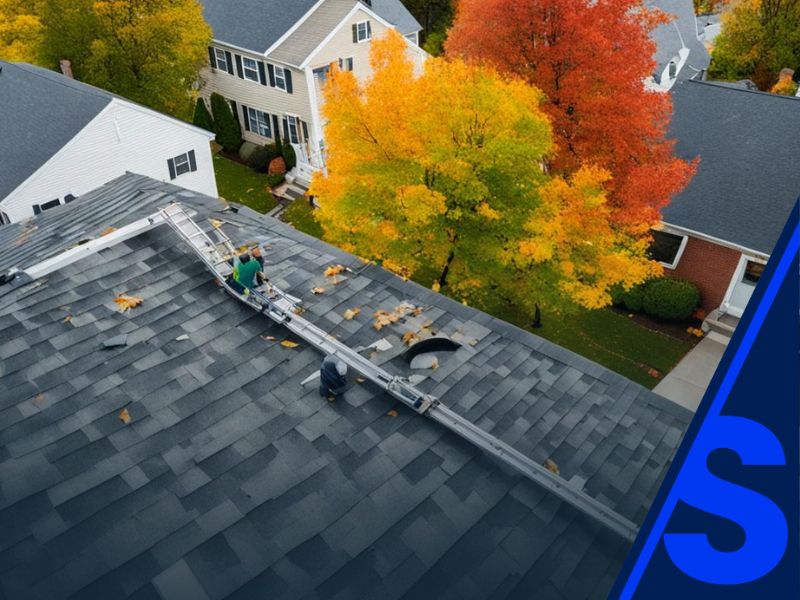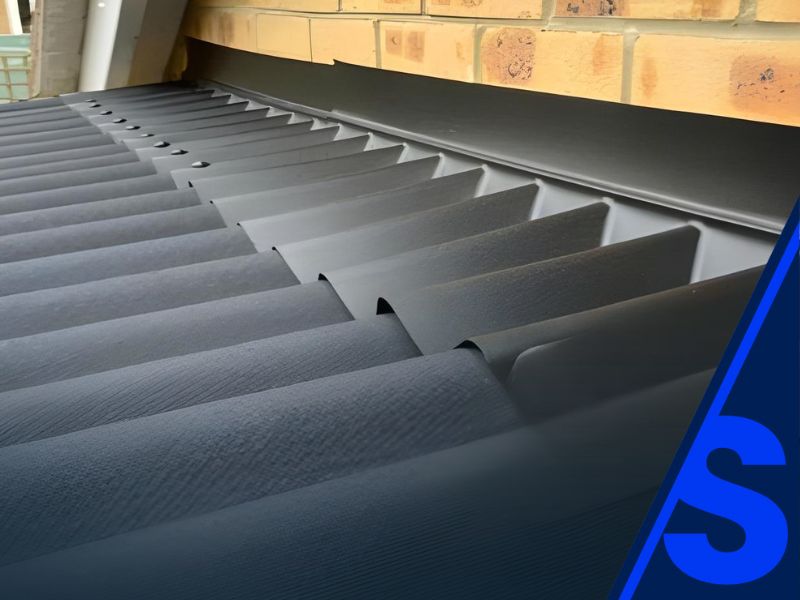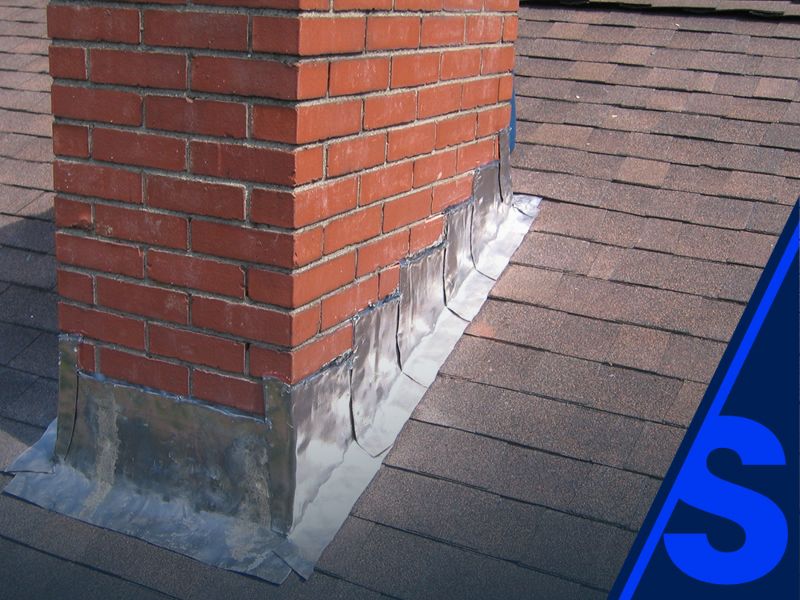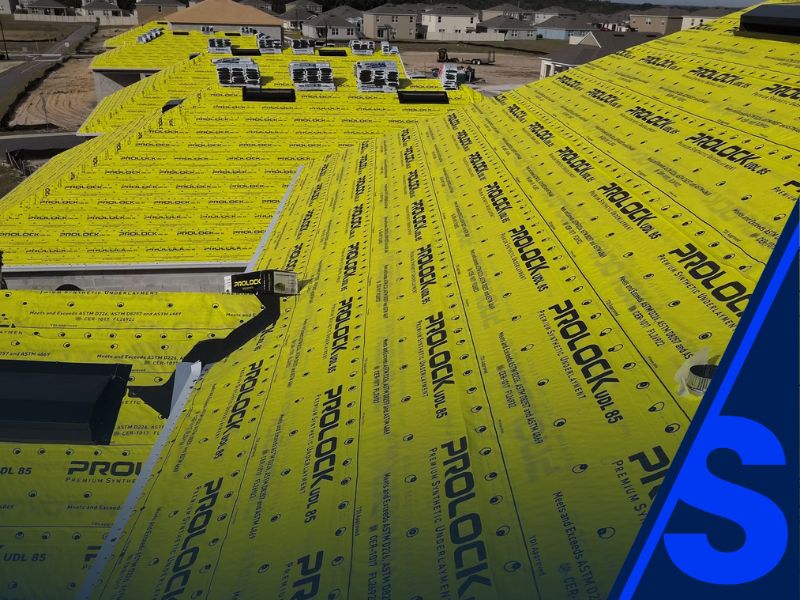Table of Contents
Introduction
Florida is known for its sunshine, sandy beaches, and tropical lifestyle—but for builders, it’s also known for unpredictable, often intense seasonal shifts. From blazing summer heat and hurricane-force winds to damp winters and sudden spring storms, the Sunshine State poses a unique set of challenges for new home construction, especially when it comes to roofing.
For developers and contractors working on multi-home projects, townhome communities, or high-density residential builds, it’s crucial to plan ahead and build with the climate in mind. Roofing plays a central role in protecting the structure, enhancing energy efficiency, and maintaining long-term durability—all while keeping your build compliant with evolving state regulations.
This guide offers practical insights and expert advice for home builders on how to prepare new builds for Florida’s ever-changing seasons, with a strong focus on roofing strategy.
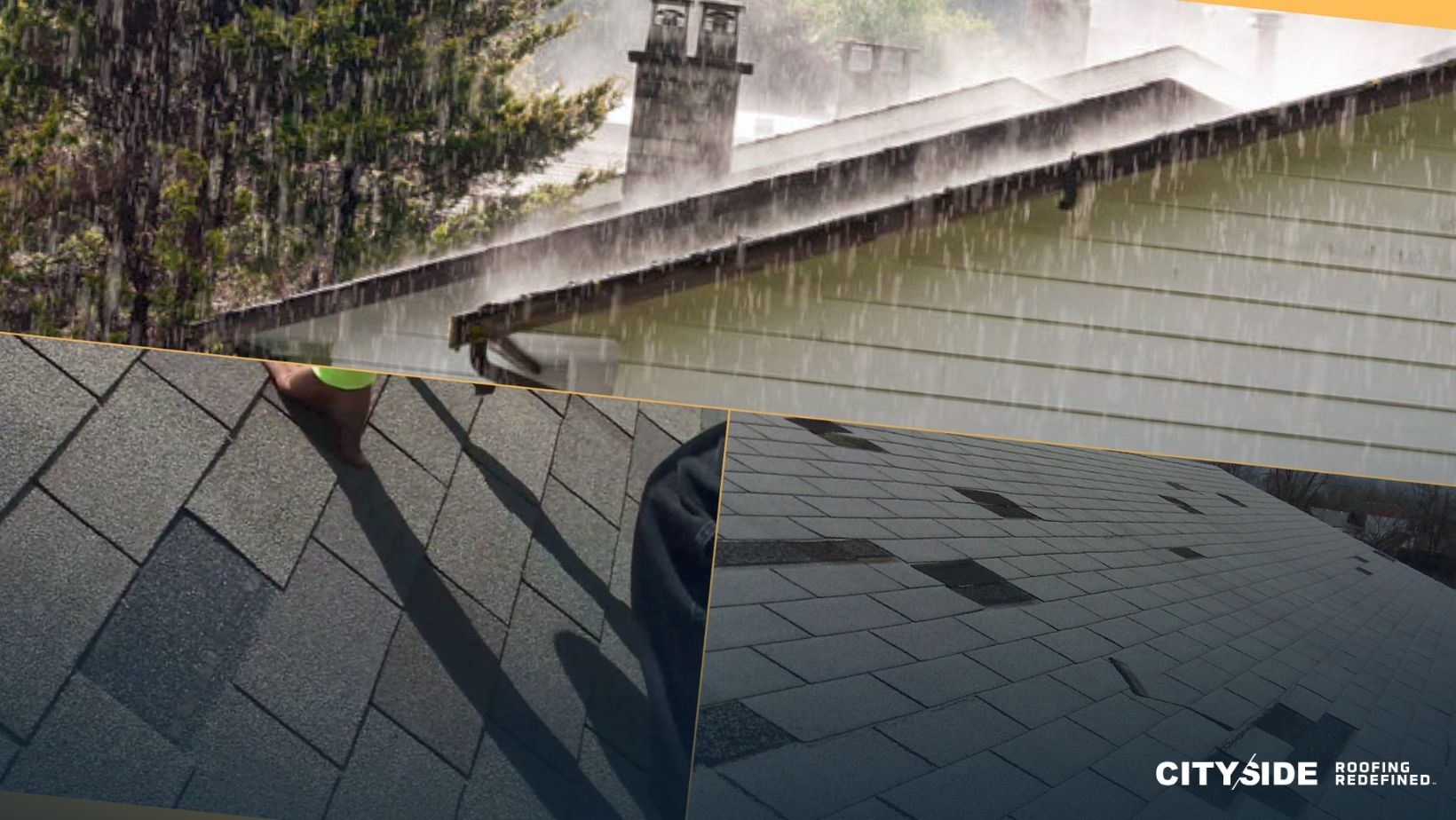
The Climate Challenges for New Builds in Florida
Before we dive into specific seasonal recommendations, it’s important to understand Florida’s climate profile. The state experiences a humid subtropical climate in the north and a true tropical climate in the south. Key environmental features include:
- High humidity and year-round moisture
- Intense summer temperatures with strong UV radiation
- A defined hurricane season (June to November)
- Seasonal downpours and flash flooding risks
These conditions place significant stress on residential roofs. Florida roofs must be able to resist corrosion, UV damage, water infiltration, wind uplift, and microbial growth—all while remaining cost-effective and energy efficient.
Seasonal Roofing Considerations for Home Builders
3.1 Summer Heat and UV Radiation
Summer in Florida brings high temperatures and prolonged sun exposure. Roofs absorb a tremendous amount of heat, which can degrade materials and reduce insulation performance. To prepare new builds:
- Use reflective, energy-efficient roofing materials (e.g., metal roofs, cool asphalt shingles)
- Install proper attic ventilation systems to reduce thermal buildup
- Consider radiant barriers to reflect solar heat
By incorporating these elements, builders can improve comfort inside the home and help residents save on cooling costs.
3.2 Hurricane Season Readiness
From June through November, Florida faces the threat of hurricanes. Wind speeds can exceed 150 mph in some areas, and torrential rains test even the strongest roofing systems. Home builders must prioritize:
- Impact-resistant shingles or metal panels
- Code-compliant roof fastening systems
- Secondary water barriers beneath primary roofing materials
- Hurricane straps and clips for structural support
Working with a licensed roofing contractor in Florida like CitySide Roofing ensures your new builds are hurricane-ready and compliant with local codes and High-Velocity Hurricane Zone (HVHZ) standards.
3.3 Winter Moisture and Mold Concerns
While Florida winters are mild in terms of temperature, they can be surprisingly wet. Damp conditions, dew accumulation, and reduced sunlight can create a breeding ground for mold, algae, and rot. Builders should:
- Ensure roof ventilation systems meet state standards
- Use mold-resistant underlayments
- Install water-resistant flashing around chimneys, vents, and skylights
- Maintain a proper roof pitch to avoid pooling water
Even if freezing temperatures aren’t a concern, moisture control remains a critical part of protecting your builds throughout winter.
3.4 Spring Storms and Wind Damage
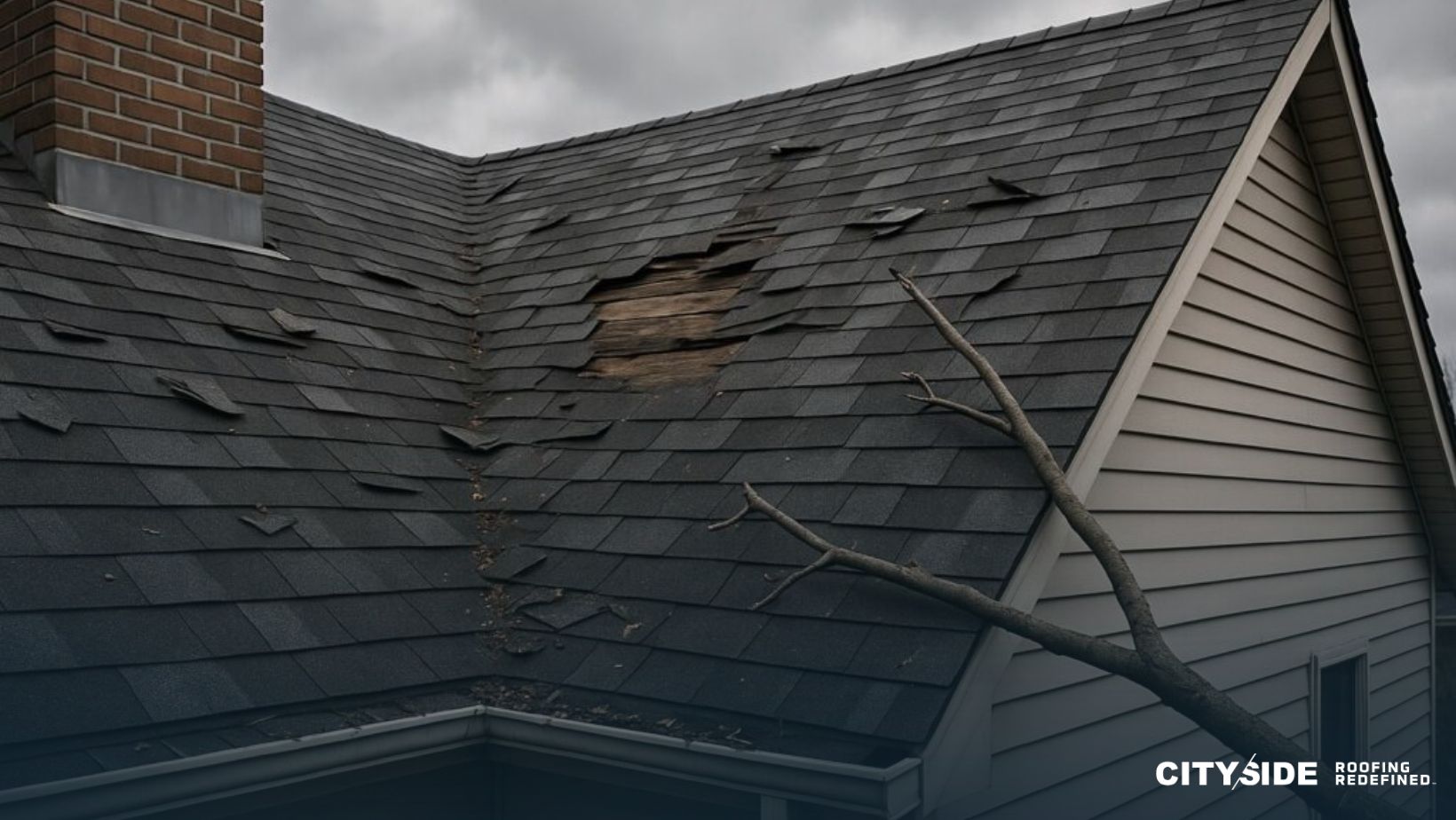
Spring brings strong winds, thunderstorms, and sudden weather shifts. These conditions can cause loose shingles, soffit damage, and gutter overload if roofing systems aren’t robust.
Preventive steps include:
- Secure roofing components with storm-rated fasteners
- Use seamless gutters and downspouts for better drainage
- Inspect flashing and seals for seasonal wear before storm season
CitySide Roofing’s expert crews can advise home builders on storm-proofing strategies for large-scale residential projects.
Choosing the Right Roofing Materials for Florida Roofs
Material choice is one of the most important decisions for a new build. In Florida, the wrong material can lead to early failures, expensive repairs, and unsatisfied buyers. Below are popular roofing materials suited for the region:
Asphalt Shingles
- Cost-effective and widely available
- Available in reflective, energy-efficient options
- Easy to install and repair
Metal Roofing
- Highly durable and wind resistant
- Reflects solar heat, reducing energy usage
- Long lifespan (up to 50 years)
- Great for both modern and traditional aesthetics
Tile Roofing (Clay or Concrete)
- Resistant to heat and salt air
- Popular in upscale or Mediterranean-style communities
- Requires reinforced framing due to weight
TPO & Modified Bitumen (for Flat Roofs)
- Ideal for multi-family and flat-roofed structures
- Offers excellent waterproofing
- Can be paired with insulation for energy efficiency
Partnering with a professional roofing contractor in Florida helps ensure the right materials are selected based on your location, design goals, and building budget.
Construction Timing and Seasonal Planning
Home builders must also think strategically about when they’re roofing. Timing construction phases around Florida’s weather patterns can reduce risks and improve overall build quality.
Dry Season (Late Fall – Early Spring)
- Ideal time for roofing installations
- Fewer weather delays
- Safer working conditions
Rainy Season (Late Spring – Summer)
- Higher chance of delays and damage
- Must ensure temporary weatherproofing is in place
- More vigilance needed with material storage
CitySide Roofing offers flexible scheduling and rapid-response teams that can help keep your project on track regardless of season.
Why Work with a Trusted Roofing Contractor in Florida
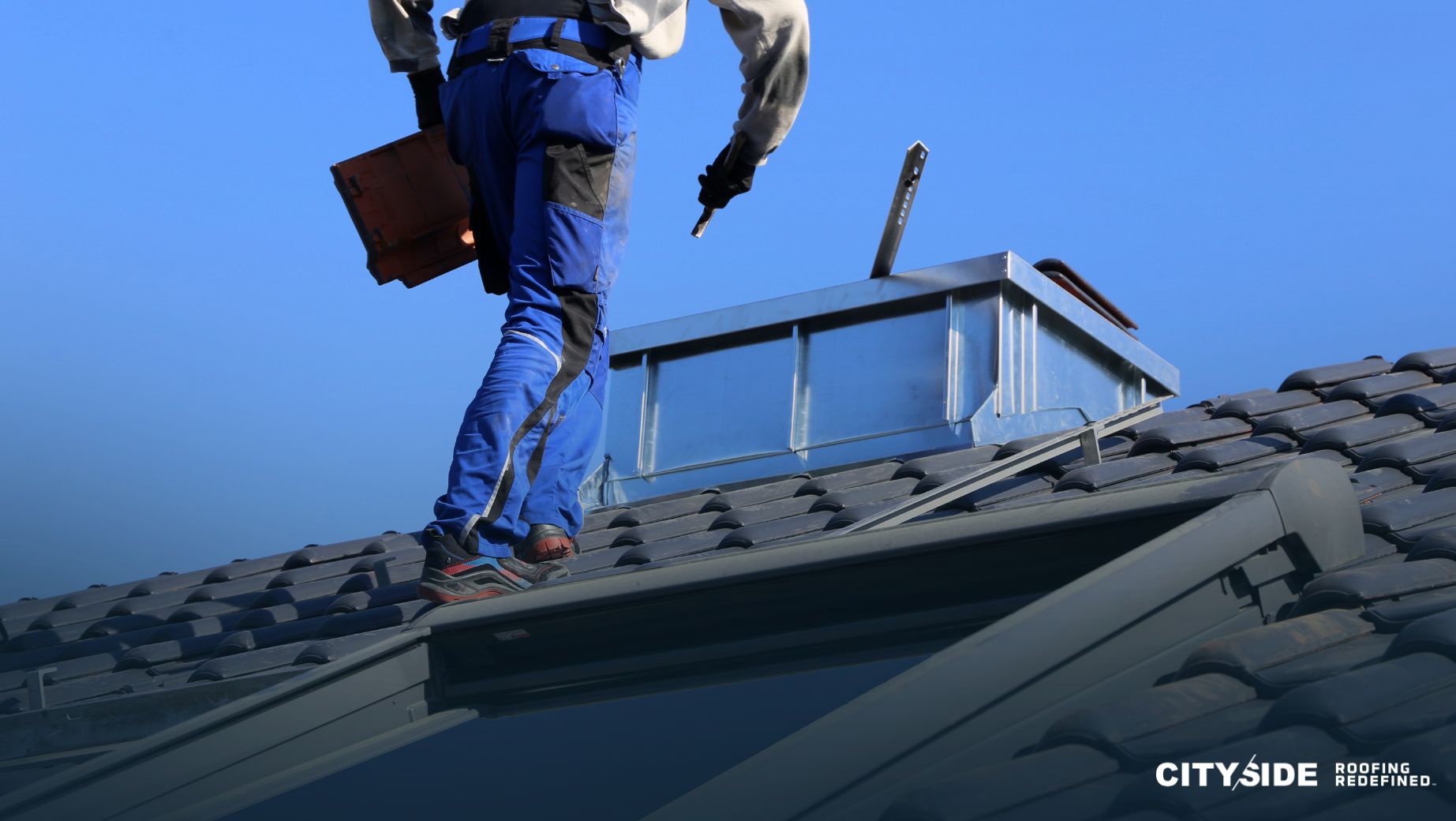
When building homes in a state as unpredictable as Florida, having the right roofing partner is essential. CitySide Roofing works directly with home builders across Florida to provide:
✅ Code-compliant, season-ready roofing systems
✅ Material recommendations tailored to Florida’s climate
✅ Fast, reliable installation for developments of all sizes
✅ Warranty-backed workmanship and premium materials
✅ Ongoing support during and after the build phase
Whether you’re building a small custom home or a multi-unit development, choosing a trusted roofing expert can save you time, money, and future headaches.
Need help preparing your next build for Florida’s weather? Contact CitySide Roofing today for a consultation.
Final Thoughts
Florida’s climate doesn’t just test the durability of roofs—it tests the preparation and foresight of builders. With extreme heat, seasonal storms, and evolving building codes, roofing for new construction in Florida requires more than just standard solutions. It requires expertise, precision, and a commitment to quality.
By planning ahead, choosing the right materials, and partnering with a skilled roofing contractor in Florida like CitySide Roofing, you can ensure your new builds are equipped to handle whatever the Florida skies bring.
Contact CitySide Roofing today to make sure your development is built to last through every season.
Related Reading: Simplifying Roof Installations for High-Volume Developments
